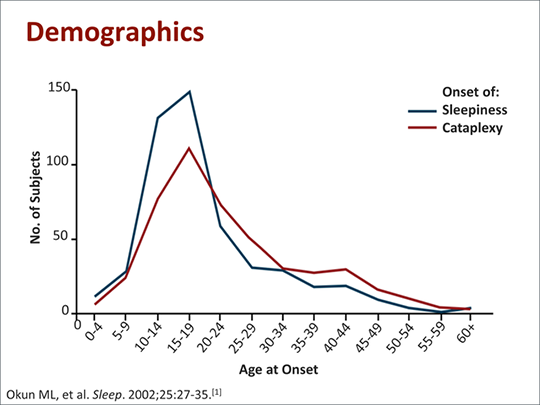

Clinicians frequently face difficult clinical and medicolegal decisions associated with the treatment and management of sleepy patients, regardless of their specific diagnosis. A recent review underscored the considerable impact sleepiness can have on public safety, ranging from transportation to nuclear power ( Mitler et al., 1988 a). sleep disorders centers each year present with this complaint ( Coleman et al., 1982 Coleman, 1983). Over half of the 250,000 or so patients who come to U.S. Data suggest that: (1) methylphenidate and dextro-amphetamine objectively improve somnolence (2) pemoline, at doses up to 112.5 mg, is less effective in controlling somnolence but may improve certain aspects of performance and (3) protriptyline and viloxazine are effective anticataplectic agents that produce little improvement in somnolence.Įxcessive somnolence is a major health problem in the United States. Sleep laboratory studies on the treatment efficacy of methylphenidate, pemoline, dextroamphetamine, protriptyline, and viloxazine are presented.

Treatment modalities involving central nervous system stimulants for somnolence and tricyclic drugs for REM-sleep abnormalities are discussed. The phenomenology of narcolepsy is discussed, and diagnostic procedures are reviewed. The condition is strongly associated with the HLA-DR2 and DQw1 phenotype. Associated features include the pathological manifestations of rapid-eye-movement (REM) sleep: cataplexy, sleep paralysis, hypnagogic hallucinations, and abnormal sleep-onset REM periods and disturbed nocturnal sleep. Narcolepsy is a neurological condition with a prevalence of up to 1 per 1,000 that is characterized by irresistible bouts of sleep.


 0 kommentar(er)
0 kommentar(er)
